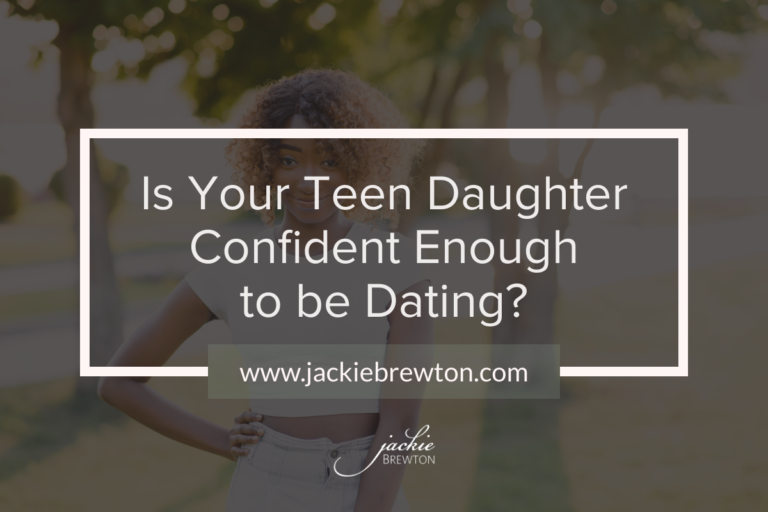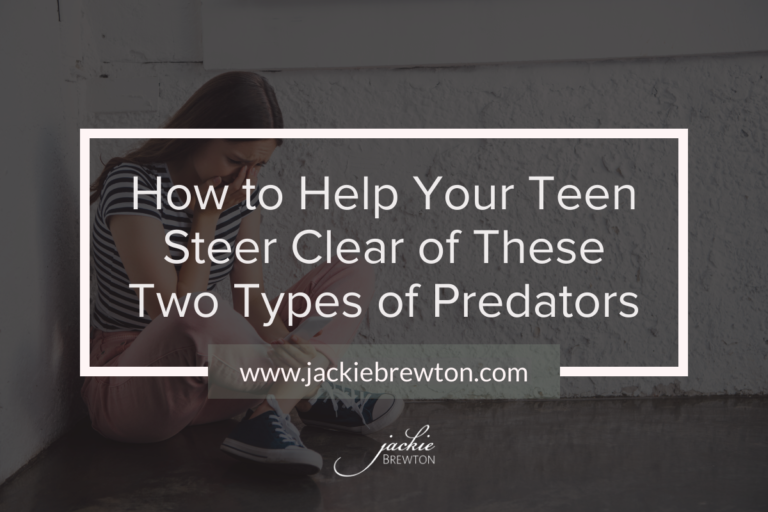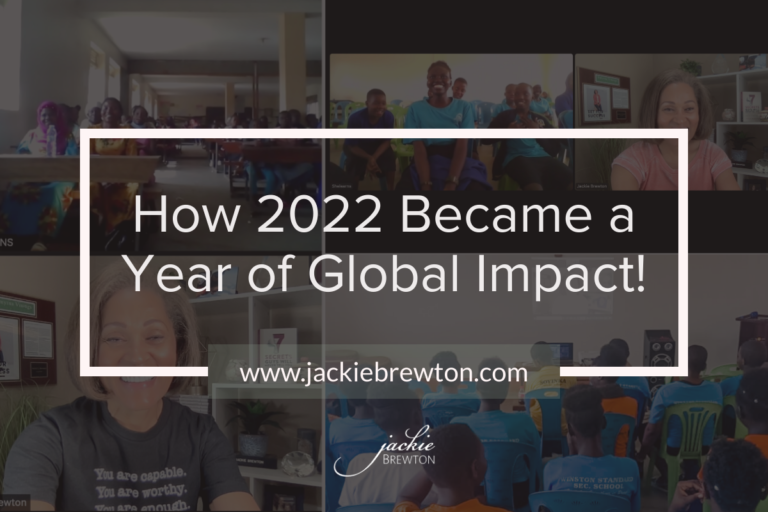When Life is Puzzling!

Last week my post detailed my experience with writing a vision that pulled me toward my destiny. Based on the number of follow up questions I received, my story apparently resonated with a lot of people.
Several people wanted to know whether I knew I would be speaking to teens about making healthy choices related to sex when I wrote my vision statement, and the answer is “no.” I did not know my current “profession” was even an option. I only knew I was passionate about working with youth.
As a matter of fact, when I wrote my initial vision statement in 1997, I had become very interested in investing and envisioned myself speaking to youth about financial literacy. When I left P&G four years later, my plan was to start an after-school program for girls, helping them grow into successful adults. I then envisioned talking to them not only about financial literacy but also about goal setting, career planning, healthy lifestyles, etc.
A divine connection at a conference I attended within a month of leaving P&G was my first foray into the field of sex education and youth motivational speaking.
My story proves you do not need to have everything figured out when you write your vision. I might not have known exactly what I would be doing in the future when I left P&G, but God did!
Putting the pieces together…
This week I will share how I help students understand the importance of having a written vision.
Following is the activity I do with students in the classroom:
I have two identical puzzles—one puzzle is left in the original box and the other is placed in a clear bag. I then call two students up and ask them to put the puzzles together as quickly as possible. The goal is to see who can put his or her puzzle together the fastest. As you can imagine, the one with the puzzle remaining in the original box always wins. Why? Because he or she has a picture of how the end result is supposed to look.
I tell the students that life is very similar to the puzzle. Every time they make a decision, in essence, they are putting pieces of a puzzle together and the pictures they are creating are their futures. Just as the person without the picture on the box to guide his actions took longer to put the puzzle together, if they have not created a vision of where they want to be 10, 20, 40, 60 years from now, it will take them longer to get there and when they get there the picture might not be so pretty.
I then challenge the students to go home and write a vision of how they want their futures to look. They should project out 10 or 15 years and write the vision in present tense as if it is currently happening. The vision should be as detailed and descriptive as possible and describe every aspect of their lives—families, faith, careers, etc.
For example, “Today is September 30, 2023. I am living . I am working . I have kind of family. You get the point!
The Ultimate Family Planning!
An area where I place particular focus is on their future families. I tell them to describe the kind of husband or wife they want to have. Not just physical appearance, but character traits. What kind of mother do you want her to be to your children? What kind of father do you want him to be to your children?
I then encourage them to always ask themselves before they date someone whether that person resembles the person they described in their vision. If he or she does not, then they should not waste their time dating him or her. I warn them about making a decision in a temporary relationship that could create a permanent attachment.
The most important thing they will have in the future is their family. If they do not plan anything else about their lives, they should plan their families. No one should end up with an accidental family because they had sex with someone they never intended to marry. Families can and should be planned!
It is a wonderful feeling to read a letter from a student who acknowledges that he or she not only heard but also embraced my message:
“What I liked about your presentation was that you told us to make a detailed plan of what we want to do when we grow up or for our future. I made myself one and made some choices that will lead me to my path.”
If we are to change the future for the next generation and generations to come, we must help this generation of youth understand the impact of their current choices on their futures and future generations.
I have been told numerous times the information and principles I share with students are just as applicable to adults. I am confident this is one of those times when adults could benefit from the information I share with the students.
Next week, I will share tips and questions to ask yourself that will assist you in writing a personal vision statement if you have not already done so.
Did today’s post inspire you? If so, please leave a comment and share the post with others via social media or email. Thanks!




Eileen Straws
October 2, 2013 at 10:47 amThis article is awesome! If we as adults all made the decision to share with our youths your message what would the next generation look like. I would love to be on your distribution list. Thank you and continue to share your message.
Jackie Brewton
October 2, 2013 at 4:56 pmThank you Eileen for stopping by and sharing your comment. Yes, I also think the next generation would end up in a much better place if we could help this generation of teens understand how important it is to focus on the future. Teens are really receptive to a message presented to them in this manner. Blessings to you!